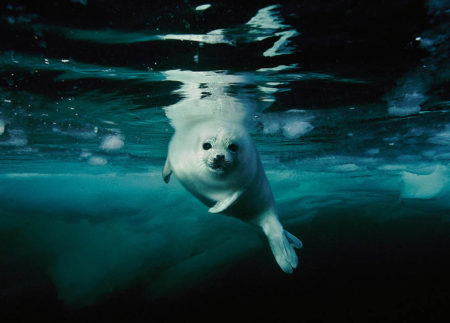The JIP also aims to understand the non-physical effects of E&P sound on animal behaviour over the course of their lives.
The potential behavioural impacts of sound are far more complex and difficult to study than physical effects. Often context is more important than the sound itself; for example animals will respond differently if they are feeding, hunting or looking for a mate. The JIP has invested significant resources to understand behavioural influences and the linkages between these effects and overall population levels.
PROJECTS
-
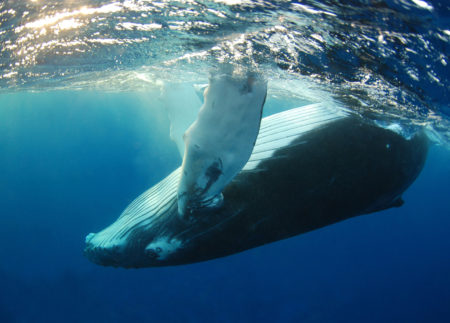
Behavioural Responses Of Australian Humpback Whales To Seismic Surveys (BRAHSS)
Large whales call and hear at the low frequencies produced by airguns. They may be more susceptible to the sound of E & P operations than other marine mammal groups.
-

International Protected Species Observer Data Analysis
Marine Mammal Observers (MMOs) and Protected Species Observers (PSOs) are interchangeable terms for personnel who perform marine wildlife monitoring and advise on the implementation of mitigation methods for minimising the disturbance of marine mammals during a variety of marine operations that produce high sound levels, chiefly, marine geophysical surveys.
-

Projects Related To Masking
Sound plays an important role in the lives of marine life. All marine mammal and many fish and invertebrate species emit sound, and sound production has been associated with a variety of behaviours including those related to mating, rearing of young, social interaction, group cohesion, and feeding.
-

Masking effects of marine vibrator (MV) sources on seals and other marine mammals
Acoustic modeling efforts indicate that MV sources, although longer in duration, may provide improved acoustic conditions for marine mammals relative to air guns due to their lower source levels and lower frequency content.
-

Marine vibroseis field Behavioural Response Study (BRS)
Low-frequency noise is generated by activities related to oil & gas exploration and production.
-
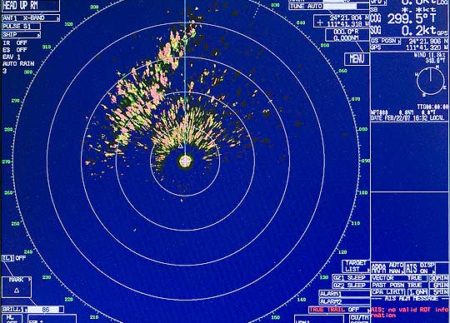
Projects Related To The Population Consequences Of Disturbance (PCAD and PCoD) Models
The U.S. National Research Council’s PCAD model (Population Consequences of Acoustic Disturbance)1 defines “biologically significant” effects of sound exposure as those that can cause changes in population levels. Since 2005, this model has held the promise of becoming a practical management tool if it could be given predictive capabilities.
-
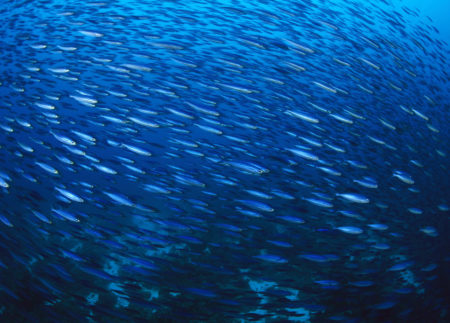
Workshops On Behavioural Responses Of Fish To Seismic Airguns
The effect of airguns on fish is a contentious issue between the oil and gas and commercial fishing industries. Past studies on this topic produced inconsistent results because fish species are numerous and highly variable, and because no easy method exists for measuring the behaviour of wild, unrestrained fish.
-

Alerting Responses Of Marine Mammals
Regulators often prohibit airgun startup when marine mammal observers cannot see if airgun safety zones are clear of marine mammals. Such delays in startup increase the cost and decrease the efficiency of offshore seismic operations.
-
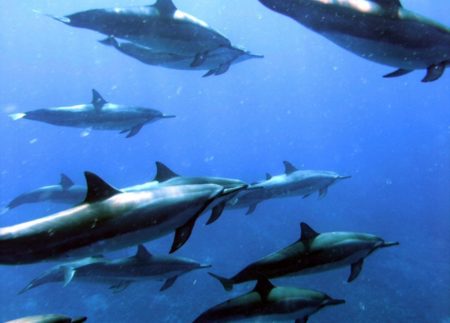
Cetacean Stock Assessment In Relation To Exploration And Production Industry Sound
Four projects were commissioned to analyse trends in various cetacean stocks that occur in marine areas of past industry operations, and to demonstrate whether industry operations could have caused any biologically significant effects to populations there
-

Application Of Risk Assessment
Most E&P companies use a risk matrix approach to assess environmental risk of offshore operations. This study was funded to develop a method of using existing data and databases to develop sound-related environmental risk assessments for offshore operations.
-
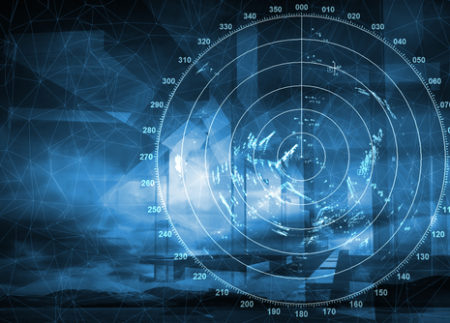
Previous research topics of interest

